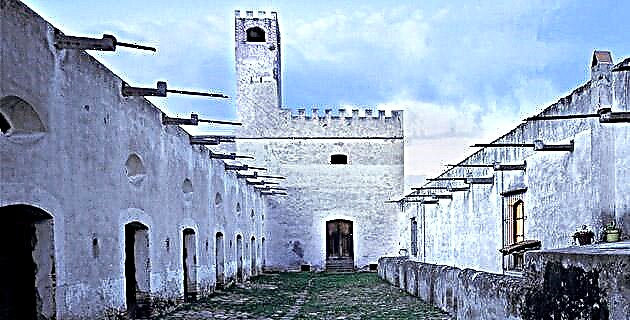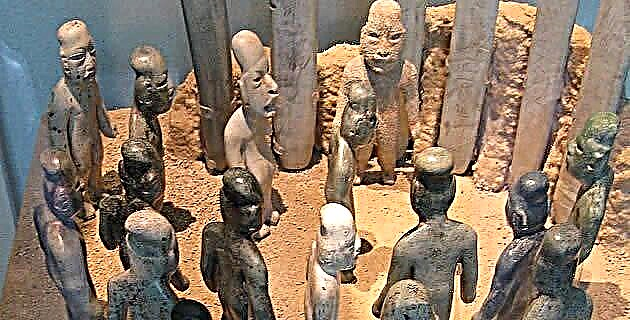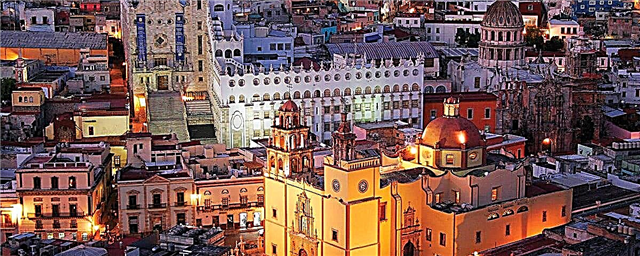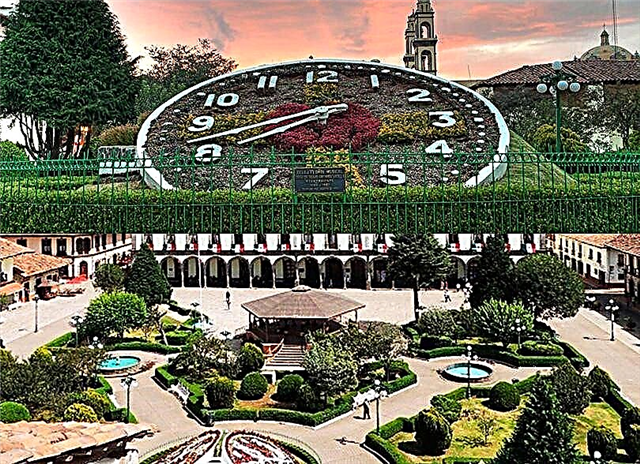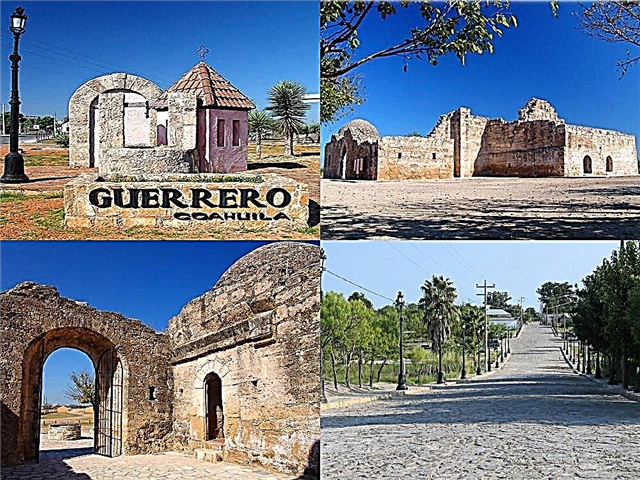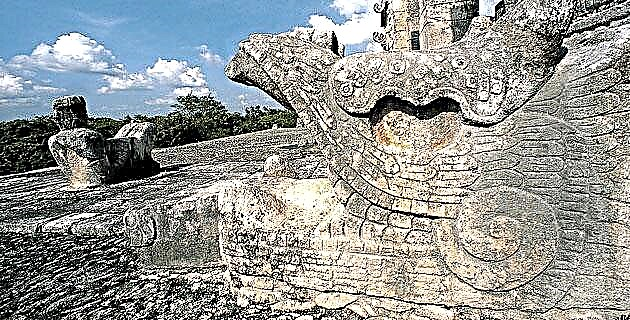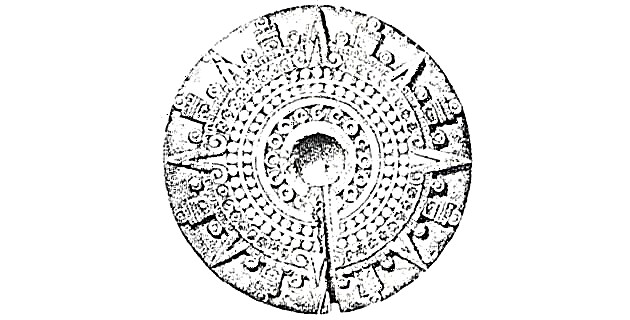
In our century it has come to be recognized that the cultures of Mesoamerica had astronomical, calendrical and mathematical wisdom.
Few have analyzed this last aspect, and until 1992, when the Monterrey mathematician Oliverio Sánchez began studies on the geometric knowledge of the Mexica people, nothing was known about this discipline. At present, three pre-Hispanic monuments have been geometrically analyzed and the findings are surprising: in only three sculpted monoliths, the Mexica people managed to solve the construction of all the regular polygons up to 20 sides (with the exception of the nonacaidecagon), even those of prime number of sides, with remarkable approximation. In addition, he ingeniously solved the trisection and pentasection of specific angles to make a multitude of subdivisions of the circle and left indicators to address the solution of one of the most complex problems in geometry: the squaring of the circle.
Let us remember that the Egyptians, Chaldeans, Greeks and Romans first, and the Arabs later, reached a high cultural level and are considered the parents of mathematics and geometry. Specific challenges of geometry were tackled by the mathematicians of those high ancient cultures and their conquests were passed down from generation to generation, from town to town and from century to century until they reached us. In the third century BC, Euclid established the parameters for the planning and solution of geometry problems such as the construction of regular polygons with different numbers of sides with the sole resource of the ruler and the compass. And, since Euclid, there have been three problems that have occupied the ingenuity of the great masters of geometry and mathematics: the duplication of a cube (constructing an edge of a cube whose volume is twice that of a given cube), the trisection of an angle (constructing an angle equal to one third of a given angle) and the y squaring the circle (constructing a square whose surface is equal to that of a given circle). Finally, in the XIX century of our era and by the intervention of the "Prince of Mathematics", Carl Friederich Gauss, the definitive impossibility of solving any of these three problems with the sole resource of the ruler and the compass was established.
PRE-HISPANIC INTELLECTUAL CAPACITY
Traces still prevail about the human and social quality of the pre-Hispanic peoples as a burden of the demeriting opinions expressed by conquerors, friars and chroniclers who considered them barbarians, sodomites, cannibals and sacrificers of human beings. Fortunately, the inaccessible jungle and mountains protected urban centers full of stelae, lintels and sculpted friezes, which time and the change of human circumstances have placed within our reach for technical, artistic and scientific evaluation. In addition, codices have appeared that were saved from destruction and surprising profusely carved megaliths, true stone encyclopedias (still undeciphered for the most part), which were probably buried by the pre-Hispanic peoples before the imminence of defeat and are now a legacy that we are fortunate to receive.
In the last 200 years, formidable vestiges of pre-Hispanic cultures have appeared, which have served to attempt an approach to the true intellectual scope of these peoples. On August 13, 1790, when resurfacing work was being carried out in the Plaza Mayor of Mexico, the monumental sculpture of the Coatlicue was found; Four months later, on December 17 of that year, a few meters from where that stone was buried, the Stone of the Sun emerged. A year later, on December 17, the cylindrical megalith of the Stone of Tizoc was found. After these three stones were found, they were immediately studied by the sage Antonio León y Gama. His conclusions were poured into his book Historical and chronological description of the two stones that on the occasion of the new paving that is being formed in the Main Square of Mexico, they were found in it in 1790, with a later elaborate complement. From him and for two centuries, the three monoliths have endured countless works of interpretation and deduction, some with wild conclusions and others with remarkable discoveries about Aztec culture. However, little has been analyzed from the point of view of mathematics.
In 1928, Mr. Alfonso Caso pointed out: […] there is a method that until now has not received the attention it deserves and that has rarely been tried; I mean the determination of the module or measure with which it was built for a moment ”. And in this search he dedicated himself to measuring the so-called Aztec Calendar, the Tizoc Stone and the Quetzalcóatl Temple of Xochicalco, finding surprising relationships in them. His work was published in the Mexican Journal of Archeology.
Twenty-five years later, in 1953, Raúl Noriega carried out mathematical analyzes of the Piedra del Sol and 15 “astronomical monuments of ancient Mexico”, and issued a hypothesis about them: “the monument integrates, with magisterial formulas, the mathematical expression (in occasions of thousands of years) of the movements of the Sun, Venus, the Moon and the Earth, and also, quite possibly, those of Jupiter and Saturn ”. On the Stone of Tizoc, Raúl Noriega supposed that it contained "expressions of planetary phenomena and movements essentially referring to Venus." However, his hypotheses did not have continuity in other scholars of the mathematical sciences and astronomy.
VISION OF MEXICAN GEOMETRY
In 1992, the mathematician Oliverio Sánchez began to analyze the Stone of the Sun from an unprecedented aspect: the geometric one. In his study, the master Sánchez deduced the general geometric composition of the stone, made from interrelated pentagons, which form a complex set of concentric circles of different thicknesses and different divisions. He found that altogether there were indicators to construct exact regular polygons. In his analysis, the mathematician deciphered in the Stone of the Sun the procedures that the Mexica used to build, with a ruler and compass, the regular polygons of prime number of sides that modern geometry has classified as insoluble; the heptagon and the heptacaidecagon (seven and 17 sides). In addition, he deduced the method used by the Mexica to solve one of the problems reputed to be unsolvable in Euclidean geometry: the trisection of an angle of 120º, with which the nonagon (regular polygon with nine sides) is constructed with an approximate procedure , simple and beautiful.
TRANSCENDENTAL FINDING
In 1988, under the current floor of the courtyard of the ex-archdiocese building, located a few meters from the Templo Mayor, another profusely carved pre-Hispanic monolith was found that is similar in shape and design to the Piedra de Tizoc. It was named Piedra de Moctezuma and transferred to the National Museum of Anthropology, where it has been placed in a prominent place in the Mexica room with a brief designation: Cuauhxicalli.
Although specialized publications (anthropology bulletins and magazines) have already disseminated the first interpretations of the symbols of the Moctezuma Stone, relating them to the “solar cult”, and the peoples to which the warriors represented by the toponymic glyphs that belong have been identified. Accompanying them, this monolith, like a dozen other monuments with similar geometric designs, still keeps an undeciphered secret that goes beyond the function of "recipient of hearts in human sacrifice."
Attempting to get an approximation to the mathematical content of pre-Hispanic monuments, I confronted the stones of Moctezuma, Tizoc and the Sun to analyze their geometric scope according to the system instrumented by the mathematician Oliverio Sánchez. I verified that the composition and general design of each monolith are different, and even have a complementary geometric construction. The Stone of the Sun was built following a procedure of regular polygons with a prime number of sides such as those with five, seven and 17 sides, and those with four, six, nine and multiples, but it does not contain a solution for those of 11, 13 and 15 sides, which are on the first two stones. In the Moctezuma Stone, the geometric construction procedures of the undecagon (which is its characteristic and is emphasized in the eleven panels with double human figures carved on its edge) and the tricadecagon are clearly seen. For its part, the Stone of Tizoc has the pentacaidecagon as a characteristic, through which the 15 double figures of its song were represented. In addition, in both stones (that of Moctezuma and that of Tizoc) there are methods of construction of regular polygons with a high number of sides (40, 48, 64, 128, 192, 240 and up to 480).
The geometric perfection of the three analyzed stones allows to establish complex mathematical calculations. For example, the Moctezuma Stone contains indicators to solve, with an ingenious and simple method, the insoluble problem par excellence of geometry: the squaring of the circle. It is doubtful that the mathematicians of the Aztec people considered the solution to this ancient problem of Euclidean geometry. However, when solving the construction of the regular 13-sided polygon, the pre-Hispanic geometers solved masterfully, and with a good approximation of 35 ten thousandths, the squaring of the circle.
Undoubtedly, the three pre-Hispanic monoliths that we have discussed, along with 12 other monuments of similar design that exist in museums, constitute an eniplopedia of geometry and high mathematics. Each stone is not an isolated essay; Its dimensions, modules, figures and compositions reveal to be lithic links of a complex scientific instrument that allowed Mesoamerican peoples to enjoy a life of collective well-being and harmony with nature, which was marginally mentioned in the chronicles and annals that have come to us.
To illuminate this panorama and understand the intellectual level of the pre-Hispanic cultures of Mesoamerica, a renewed approach and perhaps a humble revision of the approaches established and accepted until now will be necessary.
Source: Unknown Mexico No. 219 / May 1995

